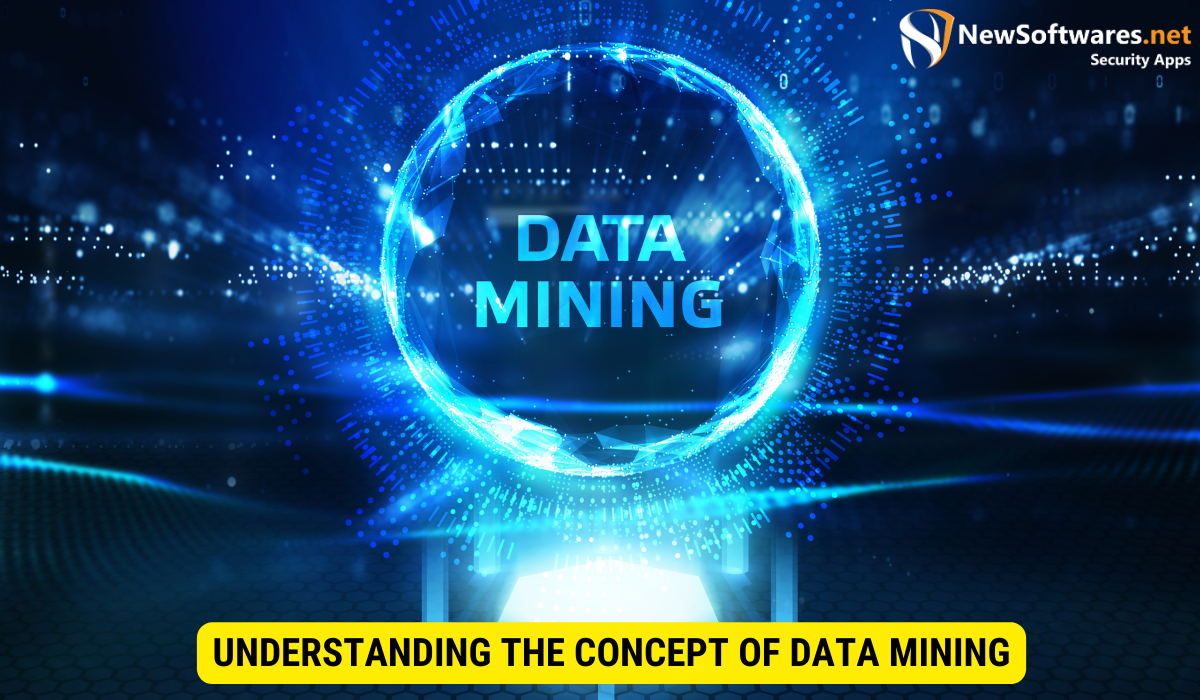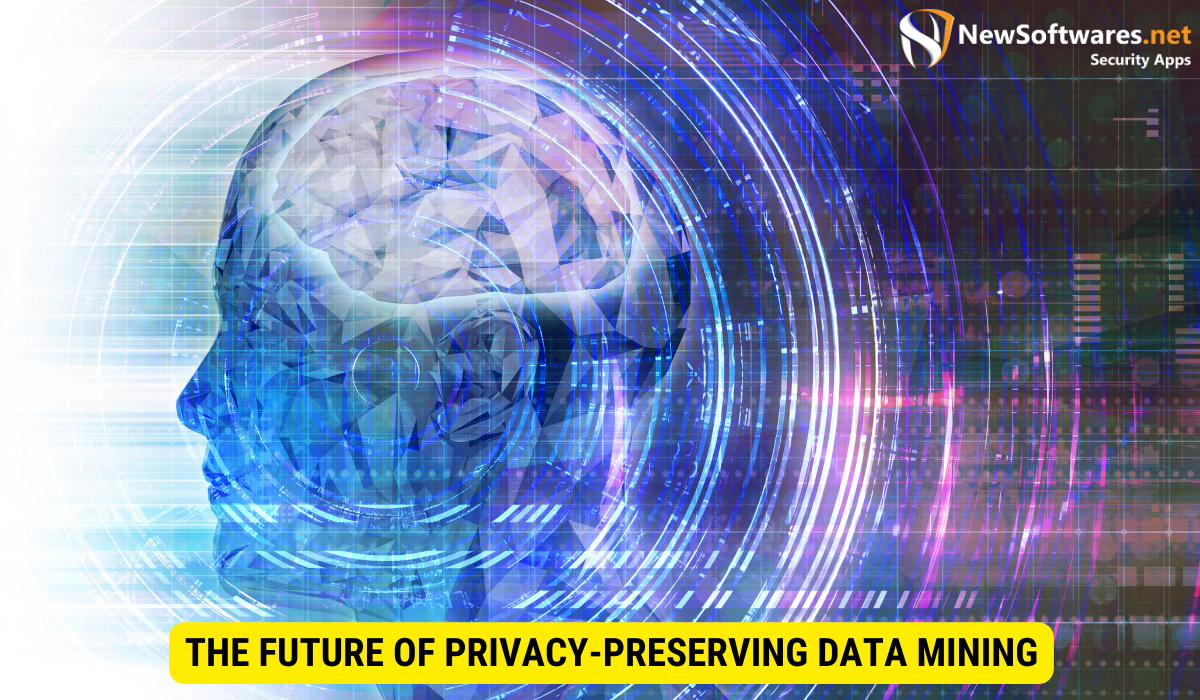Privacy-preserving data mining is a concept that has become increasingly important in today’s digital age. With the rapid advancement of technology and the widespread collection of personal data, concerns about privacy have also grown. I will explore the concept of privacy-preserving data mining and its implications for various industries. We will take a closer look at the evolution of data mining, the intersection of privacy and data mining, the mechanics of privacy-preserving data mining (PPDM), the impact of PPDM on different sectors, and finally, the future trends and potential challenges of PPDM.
Understanding the Concept of Data Mining

Data mining, in its simplest form, is the process of discovering patterns, relationships, and insights from large datasets. It has its roots in statistics and machine learning and has evolved over the years to become a powerful tool for extracting valuable information from complex data. With the advent of big data and the proliferation of digital platforms, data mining has gained immense importance in various fields.
Data mining is not a new concept. In fact, its origins can be traced back to the 1960s, when statisticians began using computational techniques to analyze large datasets. However, it was not until the 1990s that data mining gained widespread recognition and became a distinct field of study. This was largely due to advancements in computing power and the availability of large datasets.
Today, data mining is used in a wide range of industries and applications. In the business world, it is used to identify customer patterns and preferences, improve marketing strategies, and optimize operations. In the healthcare industry, data mining is used to analyze patient data and identify trends that can lead to better diagnosis and treatment. In the financial sector, data mining is used to detect fraudulent transactions and predict market trends.
The Evolution of Data Mining
The evolution of data mining can be attributed to several factors. One of the key drivers of its growth is the exponential increase in the amount of data generated and stored by organizations. With the rise of digital technologies, businesses now have access to vast amounts of data, including customer information, transaction records, and social media data. Data mining provides a way to extract valuable insights from this data and make informed decisions.
Another factor that has contributed to the evolution of data mining is the development of advanced algorithms and techniques. In the early days, data mining relied heavily on statistical methods and simple machine learning algorithms. However, with advancements in computing power and the availability of complex algorithms, data mining has become more sophisticated and capable of handling large and complex datasets.
Furthermore, the integration of data mining with other disciplines, such as artificial intelligence and data visualization, has further expanded its capabilities. By combining data mining with AI techniques, researchers and practitioners can develop intelligent systems that can automatically learn from data and make predictions or recommendations. Data visualization, on the other hand, allows users to visually explore and understand the patterns and insights discovered through data mining.
Key Components of Data Mining
Data mining encompasses several key components that enable the extraction of meaningful knowledge from data. These components include data collection, cleaning, integration, transformation, and modeling. Each step plays a crucial role in the overall data mining process, contributing to the accuracy and reliability of the results obtained.
Data collection is the first step in the data mining process. It involves gathering relevant data from various sources, such as databases, websites, or social media platforms. The quality and completeness of the data collected are crucial, as they directly impact the accuracy of the results.
Once the data is collected, it needs to be cleaned and preprocessed. This involves removing any irrelevant or noisy data, handling missing values, and transforming the data into a suitable format for analysis. Data cleaning is a critical step, as it ensures that the data used for mining is accurate and reliable.
Data integration is the process of combining data from different sources into a single dataset. This is often necessary when the data needed for analysis is scattered across multiple databases or systems. Integration can be a complex task, as it requires resolving any inconsistencies or conflicts in the data.
Data transformation involves converting the data into a suitable format for analysis. This may include normalizing the data, reducing its dimensionality, or applying mathematical functions to derive new variables. Transformation is necessary to ensure that the data is in a form that can be effectively analyzed by data mining algorithms.
Finally, data modeling is the process of applying data mining algorithms to the transformed data to discover patterns and relationships. This step involves selecting the appropriate algorithm, tuning its parameters, and evaluating its performance. The choice of algorithm depends on the nature of the problem and the type of data being analyzed.
In conclusion, data mining is a powerful tool for extracting valuable insights from large and complex datasets. Its evolution over the years has been driven by advancements in computing power, the availability of big data, and the development of sophisticated algorithms. By understanding the key components of data mining and applying them effectively, organizations can harness the power of data to gain a competitive edge and make informed decisions.
The Intersection of Privacy and Data Mining
The Importance of Privacy in the Digital Age
In today’s interconnected world, where personal data is constantly being generated and shared, privacy has become a paramount concern. Individuals are increasingly aware of the risks associated with the misuse of their data, leading to heightened expectations for data privacy and protection. Privacy ensures that individuals have control over their personal information and that it is used in a manner that aligns with their preferences and interests.
Challenges in Maintaining Privacy in Data Mining
While data mining offers incredible opportunities for gaining insights, it also poses significant challenges when it comes to maintaining privacy. One of the main challenges is finding a balance between maximizing the usefulness of the extracted information and preserving the privacy of individuals. This involves addressing concerns such as data anonymization, consent, and the potential risks of re-identification.
Exploring Privacy-Preserving Data Mining (PPDM)
Defining Privacy-Preserving Data Mining
Privacy-preserving data mining (PPDM) refers to the techniques and methods employed to ensure that sensitive information remains protected during the data mining process. It involves implementing privacy-enhancing mechanisms that allow for meaningful analysis while safeguarding individuals’ privacy rights.
The Mechanics of PPDM
PPDM employs various techniques to strike a balance between privacy and data mining objectives. These techniques include data anonymization, encryption, differential privacy, and secure multi-party computation. Each technique aims to protect sensitive information while still enabling meaningful analysis.
The Impact of PPDM on Various Industries
PPDM in Healthcare
In the healthcare industry, data mining plays a crucial role in enhancing patient care, detecting disease outbreaks, and optimizing medical treatments. However, privacy concerns are of utmost importance when dealing with medical records. PPDM techniques allow healthcare organizations to extract valuable insights from patient data while ensuring the privacy and confidentiality of sensitive medical information.
PPDM in Finance
The finance industry heavily relies on data mining to identify trends, assess risks, and make informed decisions. However, financial data often contains sensitive information such as account details, transactional history, and credit card information. Through effective PPDM techniques, financial institutions can analyze data securely, preventing unauthorized access and protecting customers’ privacy.
The Future of Privacy-Preserving Data Mining

Emerging Trends in PPDM
As technology continues to advance, new trends in privacy-preserving data mining are emerging. One such trend is the use of machine learning algorithms that are specifically designed to protect privacy. These algorithms aim to strike a balance between privacy and utility, ensuring that the extracted knowledge remains valuable while maintaining privacy.
Potential Challenges and Solutions for PPDM
Despite the progress made in privacy-preserving data mining, several challenges remain. Scalability, usability, and the integration of PPDM techniques into existing systems are some of the key challenges. Overcoming these obstacles requires collaboration between researchers, policymakers, and industry professionals to develop robust and accessible PPDM solutions.
Key Takeaways
- Data mining is the process of discovering patterns and insights from large datasets.
- Privacy is a fundamental right that needs to be protected in the digital age.
- Privacy-preserving data mining (PPDM) ensures that sensitive information remains protected during the data mining process.
- PPDM techniques allow for meaningful analysis while safeguarding individuals’ privacy rights.
- PPDM has significant implications for various industries, including healthcare and finance.
FAQs
Q: How does data mining impact privacy?
Data mining, if not properly regulated or implemented, can potentially infringe on individuals’ privacy rights. It involves the analysis of large datasets, which may contain personal or sensitive information. This makes it crucial to employ privacy-preserving techniques to ensure data privacy and protection.
Q: What are some common challenges in privacy-preserving data mining?
Some common challenges in privacy-preserving data mining include finding the right balance between privacy and utility, addressing scalability concerns, and integrating PPDM techniques into existing systems. Overcoming these challenges requires ongoing research and collaboration between various stakeholders.
Q: How can privacy-preserving data mining benefit the healthcare industry?
Privacy-preserving data mining has significant implications for the healthcare industry. It allows healthcare organizations to analyze medical data securely, leading to improved patient care, early disease detection, and optimized treatments. By protecting patient privacy, PPDM enables the ethical use of medical data for the benefit of healthcare outcomes.
Q: What role does encryption play in privacy-preserving data mining?
Encryption is a vital component of privacy-preserving data mining. It involves encrypting sensitive information to prevent unauthorized access. Through encryption, data remains protected while still allowing for meaningful analysis. Encryption techniques, such as homomorphic encryption, enable computations on encrypted data without revealing the underlying information.
Q: What does the future hold for privacy-preserving data mining?
The future of privacy-preserving data mining looks promising. As technology advances, we can expect to see more sophisticated techniques that balance privacy and utility. Continued research and collaboration will address challenges and lead to the development of robust PPDM solutions that protect privacy while enabling valuable insights.
Conclusion
Privacy-preserving data mining is a critical field that aims to strike a balance between extracting valuable insights and protecting individual privacy. As technology continues to advance, it is essential to foster collaboration between researchers, policymakers, and industry professionals to develop effective and accessible privacy-preserving data mining solutions. By addressing challenges and embracing emerging trends, we can ensure that privacy remains a fundamental right in the digital age while harnessing the power of data mining for the benefit of various industries.
